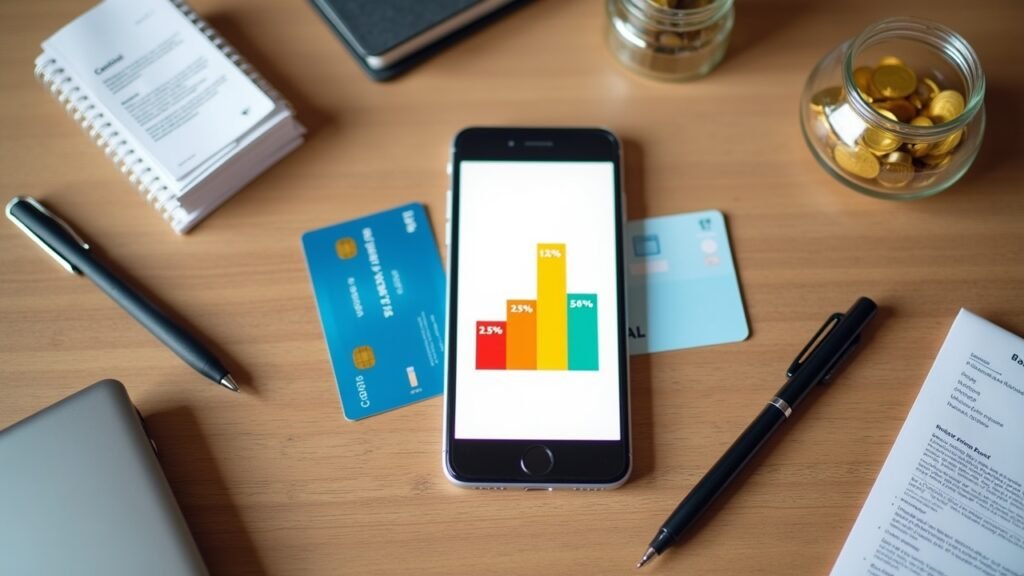Did you know that the average American family leaves over $1,000 in cash back rewards on the table every year? I sure didn’t when I first started my online shopping journey! As someone who’s been obsessed with saving money for the past decade, I’ve made plenty of mistakes with cashback apps – including that time I forgot to activate Honey for three months straight. Today, I’m gonna break down the real differences between Honey and Rakuten based on my actual experience using both platforms.
Both of these cashback giants have been fighting for our wallets, and honestly, choosing between them can be pretty overwhelming. Let me walk you through what I’ve learned so you don’t make the same rookie mistakes I did.
What Exactly Are Honey and Rakuten?

Honey is basically a browser extension that automatically applies coupon codes at checkout. It’s owned by PayPal now, which happened back in 2019 for a whopping $4 billion. The main thing Honey does is scan the internet for discount codes and tries them all when you’re checking out.
Rakuten, on the other hand, is more of a cashback portal that’s been around since 1998. They give you a percentage of your purchase back as cash rewards. You gotta go through their website or app to shop at partner stores, and they take a cut of the commission from retailers.
I remember when I first discovered Honey – I thought it was too good to be true. Turns out, it kinda was in some ways, but we’ll get to that.
Cashback Rates: The Numbers Game
Here’s where things get interesting. Rakuten typically offers higher cashback rates than Honey’s rewards program. I’ve seen Rakuten offer 5-10% back at stores where Honey only gives 1-2%.
But here’s the catch – Honey’s strength isn’t really in cashback rates. It’s in finding those sneaky discount codes that can sometimes save you way more than any cashback percentage would.
Last month, I was buying a $200 jacket online. Rakuten offered 3% back ($6), but Honey found a 25% off code that saved me $50. That’s a no-brainer, right?
How Each Platform Actually Works
Using Honey is pretty straightforward. You install the browser extension, and it automatically pops up when you’re shopping online. It’ll try coupon codes and also show you if there are better deals at other stores.
Rakuten requires a bit more planning. You need to start your shopping session from their website or app, then navigate to the store. Sometimes I forget to do this step, and then I’m kicking myself later when I realize I missed out on cashback.
The user experience is totally different too. Honey feels more seamless, while Rakuten can be a bit clunky – especially on mobile devices.
Store Coverage and Partnerships
Both platforms work with thousands of online retailers, but their partnerships vary. Rakuten has been around longer, so they’ve got relationships with pretty much every major retailer you can think of.
Honey’s coverage is solid too, but I’ve noticed they sometimes don’t work with certain luxury brands or smaller boutique stores. It’s hit or miss, really.
Payment Methods and Minimums
This is where the platforms differ quite a bit. Rakuten pays out quarterly via PayPal or check, with a $5 minimum. Honey uses a points system where you can redeem for gift cards once you hit certain thresholds.
I gotta admit, waiting three months for Rakuten payments was annoying at first. But now I kinda like it – it feels like getting a surprise bonus check every few months.
With Honey, the gift card system means you’re locked into specific retailers. That bugged me initially because I wanted cold hard cash.
Privacy and Data Concerns
Let’s be real about this – both companies are collecting your shopping data. That’s how they make money. Honey tracks your browsing habits and purchase history, while Rakuten does the same thing.
The whole controversy about Honey allegedly taking commissions from influencers has been pretty wild to watch unfold. I’m not gonna get into all the drama, but it’s worth knowing that these “free” services aren’t really free – you’re paying with your data.
Mobile Experience
Rakuten’s mobile app is actually pretty decent. You can browse deals, track your earnings, and even shop directly through the app. The notifications about new deals are helpful too.
Honey’s mobile situation is more limited. They don’t have a full-featured app, and the mobile browser experience isn’t as smooth as desktop.
My Bottom Line Recommendation

After using both platforms for years, here’s what I’ve figured out: you don’t have to choose just one. I use both, and they complement each other pretty well.
For everyday shopping, I rely on Honey’s automatic coupon codes. For planned purchases where I want maximum cashback, I start with Rakuten. The key is being strategic about which one you use for different types of shopping.
Just remember that neither platform is gonna make you rich – they’re tools to help you save a little extra on stuff you’re already buying. The real money-saving happens when you change your shopping habits overall.
Ready to Start Saving Smarter?
Both Honey and Rakuten have their place in a smart shopper’s toolkit. The best approach? Try them both and see which one fits your shopping style better. Some people are natural planners who love Rakuten’s system, while others prefer Honey’s set-it-and-forget-it approach.
Want more money-saving tips and honest reviews of financial tools? Check out more articles on Budget Hackers where we break down the best ways to stretch your dollars without the marketing fluff.




[…] more money-saving tips and gaming insights? Check out our other articles at Budget Hackers where we’re always sharing new ways to stretch your entertainment dollar […]